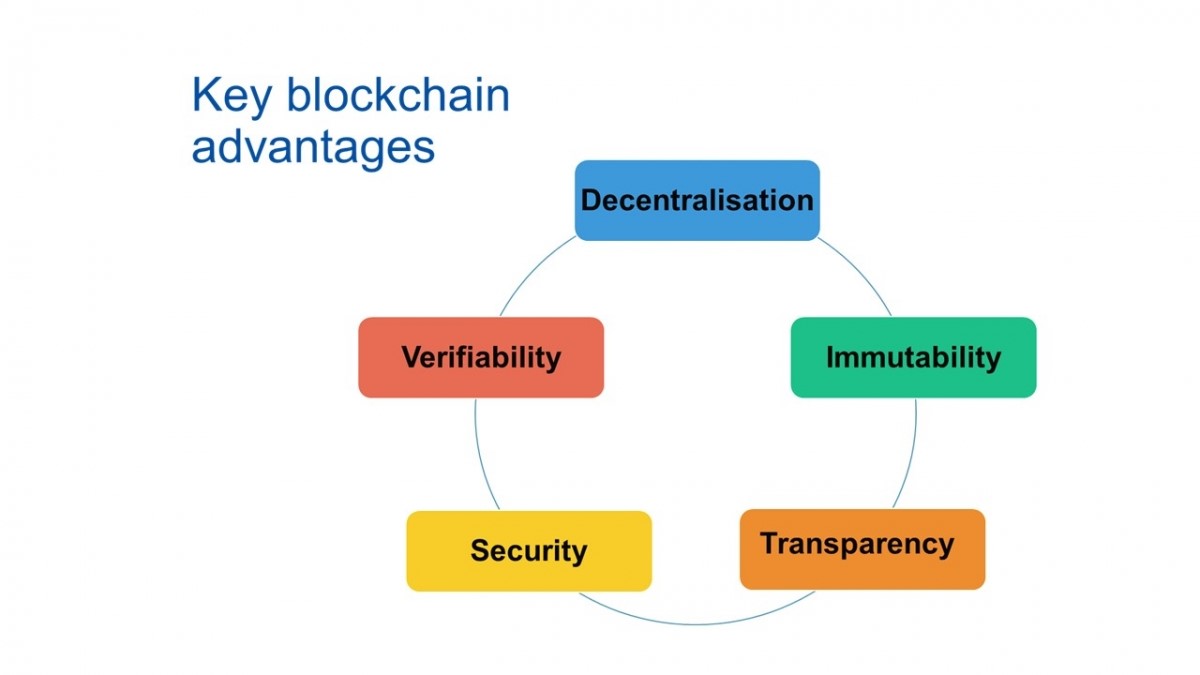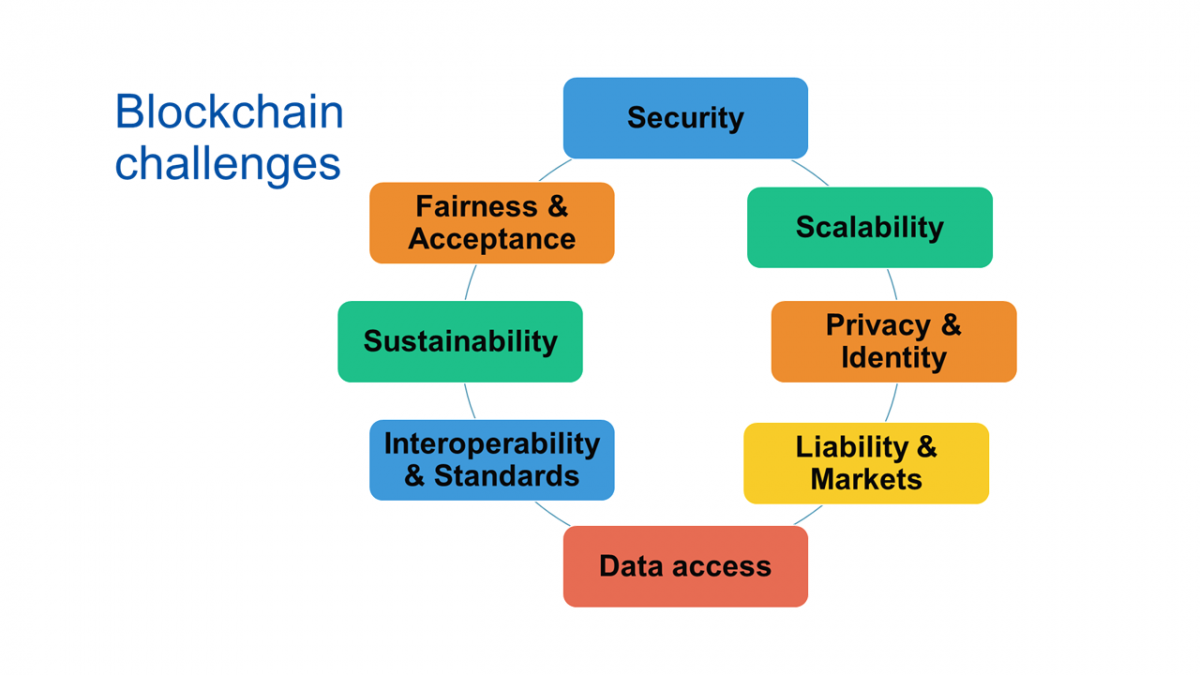Background and context
Digital transformation is a key enabler of societal transformation. Among the various digital technologies, blockchain recently attracted much interest due its potential to support climate-neutrality and green recovery policies, in the EU and beyond.
Blockchains and distributed ledger technologies in the energy sector promise to support several European Union’s climate-neutrality and sustainability policies, thanks to their potential to drastically change the market rules, and streamline the decision-making processes and the system management mechanisms. Among the main challenges for regulating the blockchain deployment in the electricity sector, one can consider the following ones: to balance technical innovation with the scalability of solutions, to define and allocate decentralised responsibilities of electricity supply and distribution; to incentivise consumers to invest in flexibility technologies; to find a balance between consumer empowerment (self-responsibility) and protection.
Our role
Blockchain (*) is a sort of database, duplicated across a network of distributed computers, recording information which can be hardly changed. Blockchain enables parties with no trust in each other to exchange data without intermediaries. Those features promise to render blockchain solutions as a key enabler for transaction-based climate neutral and sustainable initiatives (as an example, allowing distributed users to actively participate in financing and managing renewable energy projects).

Blockchain displays key advantages (relative to traditional centrally supervised systems): decentralisation (of actors and decision making), immutability (of stored information), transparency and verifiability (thanks to the full visibility of and accessibility to transactions), security (thanks to cryptographic and time stamping techniques and the absence of a central point of failure).

At the same time blockchain faces several challenges, including: security (human errors/actions or technological advances may challenge its security features), scalability (owing to the limited capability of handling numerous and frequent transactions), interoperability (how well can a blockchain interact with the real world or other digital solutions), sustainability (energy/environmental footprint).
Blockchain applications
Blockchain applications, initially developed in the digital finance sector, are now under test all across the energy value chain, from generation to transmission down to distribution and end-use. Most of the blockchain energy solutions - currently tested at low technological readiness levels - are based on Ethereum and a few other distributed ledger technologies (including: Hyperledger, Bitcoin, IOTA and others).
The policy and legislative initiatives on blockchains are moving their first steps, starting from the financial sector and gradually covering other sectors including the energy one. Numerous regulatory, legal and socio-economic hurdles still hamper the large-scale deployment of blockchain applications. Besides addressing the overarching issues associated with blockchain technologies - security, scalability, interoperability - policy decision making will need to tackle more energy-related specific problems in the privacy and identity, liability and markets, data access, fairness and acceptance spheres.
The extent to which blockchain innovation can pervade the power sector and support - or subvert - electricity business models remains to be seen. The JRC keeps monitoring such developments through observatories, desktop analyses and experiments.
(*) the terms Blockchain and Distributed Ledger Technologies tend to be used interchangeably, although Blockchain is just one - currently the most deployed/tested - among the Distributed Ledger Technologies.
Main publications
- Full slide deck of the Lectures on Electricity sector digitalisation and blockchains, Politecnico di Torino (May 2021)
- Lucas et al., Blockchain Technology Applied to Energy Demand Response Service Tracking and Data Sharing, 2021
- JRC, Policy and regulatory challenges for the deployment of blockchains in the energy field, 2021
- JRC, Digital transformation in energy and other sectors, 2019
- JRC, Blockchain now and tomorrow, 2019
